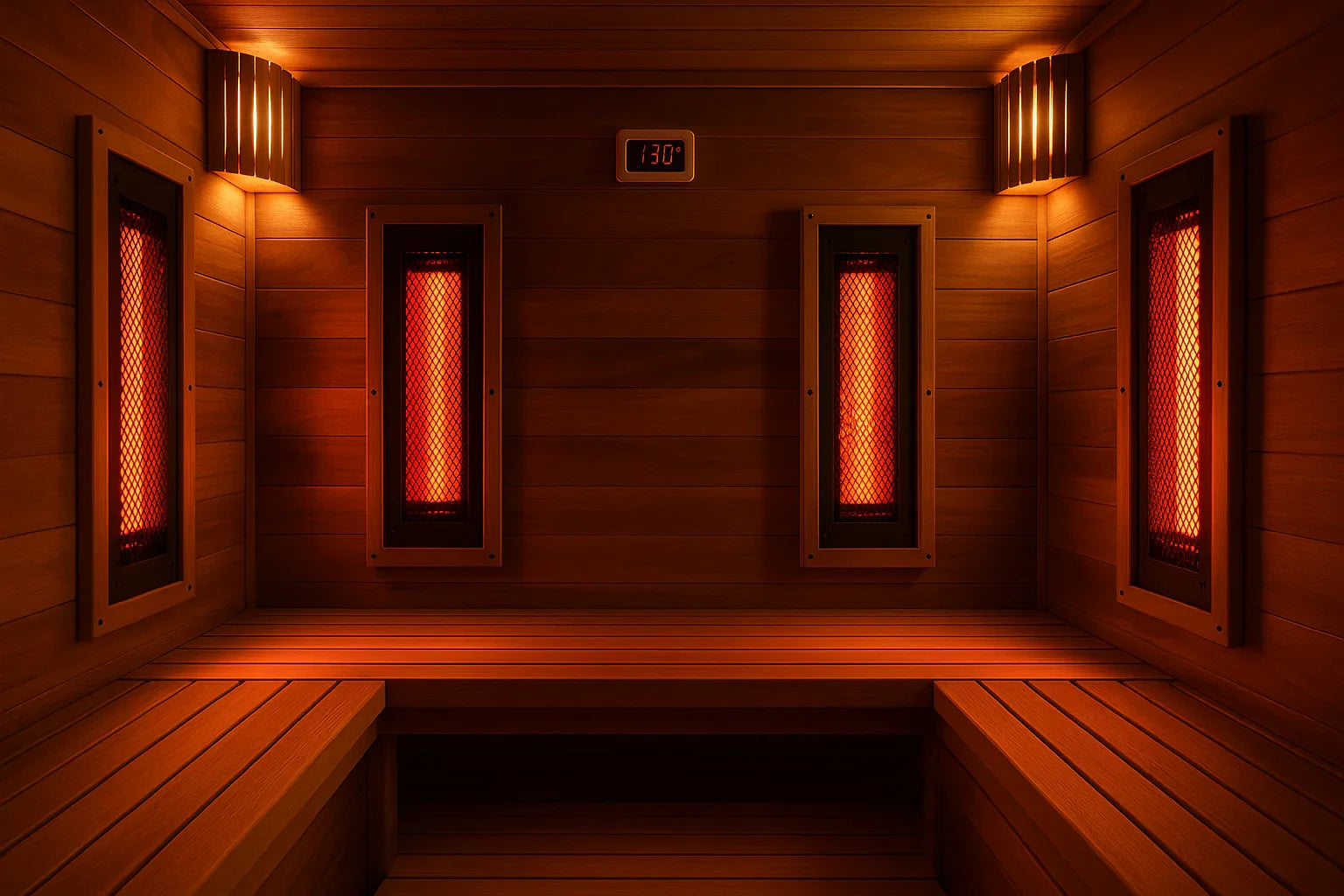
How Hot Does Infrared Sauna Get: Temperature Guide
This introduction explains typical temperatures and why they matter. Infrared units usually run from 110–135°F (43–57°C). Traditional setups hit 150–195°F (66–91°C). These numbers show lower cabin air temperatures can still deliver deep heat to the body.
Infrared lamps warm tissue directly, widening blood vessels, raising heart rate, and boosting circulation in a way similar to light exercise. That mechanism helps explain reported benefits for cardiovascular markers, muscle recovery, pain relief, relaxation, and sleep.
Practical guidance matters: begin near 110°F for short 5–10 minute sessions and build to a 30-minute cap. Stay hydrated, avoid alcohol, and stop if you feel dizzy or nauseous. Some groups should skip sessions, including pregnant people and those with certain conditions.

Key Takeaways
- Infrared units use lower air temperatures but deliver penetrating heat to the body.
- Typical ranges: 110–135°F for infrared and 150–195°F for traditional models.
- Short starts and a 30‑minute limit help build tolerance safely.
- Evidence supports cardiovascular and recovery benefits; detox claims need more research.
- Hydration and avoiding alcohol are essential safety steps.
Infrared sauna temperature basics in the United States today
Modern home units typically display a temperature range that most users set between the low 100s and mid 130s degrees Fahrenheit. Typical operating windows sit at 110–135°F (43–57°C), with many guides suggesting 120–140°F after you acclimate. Beginners often start near 100–110°F for short sessions.
Unlike traditional stoves that warm cabin air, infrared panels heat tissue directly. That change in the method makes lower air temperature still feel intense. Cabin air temperature matters because a warm room helps sustain sweat and comfort throughout a session.
https://www.youtube.com/watch?v=I8tkSVix-pA
- Controls usually show a clear window for degrees and let you adjust slowly.
- Proper insulation in the room helps reach and keep target air temperature, especially outdoors.
- Allow standard warm-up times so you enter with stable readings, not fluctuating numbers.
- Track both display temperatures and your body response to fine-tune sessions.
Personalize settings. Temperatures are adjustable and intended to balance comfort and efficacy, not to hit the highest display number.
Infrared saunas vs traditional saunas: temperatures, heat, and comfort
Comparing radiant panels and heated rooms clarifies why perceived warmth varies between systems.

Typical air temperatures
Radiant units usually show 110–135°F (43–57°C). Traditional saunas often run 150–195°F (66–91°C). These ranges explain why a traditional room feels much hotter on the skin while panel systems keep cabin air cooler.
How each method heats the body
Traditional setups warm the cabin air, sometimes adding steam or pouring water on hot rocks. That heated air and humidity transfers heat to the skin first, then inward.
Radiant panels emit light that penetrates tissue and directly warms body surfaces. This targeted energy often produces a vigorous sweat at lower air temperatures.
Comfort and session feel
Head and airway discomfort tend to be milder with radiant systems because the room air stays cooler. Traditional rooms can feel intense quickly, prompting shorter sessions.
| Feature | Radiant panels | Traditional units |
|---|---|---|
| Typical air degrees | 110–135°F | 150–195°F |
| Primary heat transfer | Radiant light to tissues | Heated air, steam, water |
| Comfort notes | Milder head/airway feel | Stronger hot-air sensation |
| Session pacing | Moderately longer possible | Often shorter due to intensity |
- Temperature differences are large, but sweat can be similar.
- Humidity and room design shape breathing comfort and perceived heat.
- Choose based on desired hot-air ritual or targeted radiant warming.
How infrared heat works: body heating vs air heating
The process centers on delivering radiant energy into tissue instead of relying only on warm air. Panels emit light that first warms skin and then raises core temperature. That sequence prompts vasodilation, higher blood flow, and sweating similar to moderate exercise.
Core body temperature, skin, and blood flow: why you sweat
Radiant light heats body surfaces, which moves heat inward and signals the body to cool via sweat. Targeting the trunk and limbs avoids excess head warming and improves comfort.
Air temperature still matters: balancing room heat with infrared light exposure
Warm air supports steady perspiration. Too little air warmth can blunt sweat onset even when panels deliver strong energy. Too much air can irritate airways.
- Well-insulated room sustains temperatures and avoids cycling.
- Panel placement and even coverage ensure the whole body heats efficiently.
- Personal factors—hydration, recent exercise, and ambient conditions—change perceived heat and sweat rate.
- Studies note cardiovascular-like responses during sessions, aligning this method with gentle systemic stress that may support adaptation.
Practical cue: watch heart rate and comfort to judge the balance of panel output and air temperature rather than relying on display numbers alone.
How hot does infrared sauna get
A practical target range helps most users balance comfort with effective warming.

Best temperature range: Aim for 113–140°F (45–60°C) for most adults. Beginners can start near 100–110°F for 5–10 minutes and increase slowly.
Session time and minutes
Start low and slow. Begin with short sessions and build toward a 20–30 minute ceiling as tolerated. Keep individual sessions under 30 minutes and monitor thirst, dizziness, or lightheadedness.
Factors that affect air temperature
Room placement, insulation quality, and panel coverage determine whether the cabin reaches set degrees. Outdoor units in cold climates may struggle without robust construction.
- Even panel coverage on the torso and limbs avoids hot spots and improves uniform warming.
- Preheat until readings stabilize to ensure air and surfaces feel warm before you begin.
- Adjust by feel: track heart rate and comfort instead of chasing the highest display numbers.
Health benefits at different temperatures: what research and studies suggest
Evidence suggests that steady, moderate warming prompts heart-rate and blood-flow changes similar to light exercise. Within minutes, exposure raises circulation and pulse, and several studies link regular sessions with improved cardiovascular markers and modest reductions in blood pressure.
Users report reduced muscle soreness and pain. Clinical trials indicate infrared therapy can ease chronic pain over longer follow-up, making it a reasonable adjunct for recovery and rehab plans.

Supported benefits
Consistent observations from research and clinical reports include:
- Improved circulation: increased blood flow and heart-rate response that may support heart health when used regularly.
- Muscle recovery and pain relief: reductions in soreness and chronic pain in several studies, useful alongside training or rehab.
- Relaxation and sleep: many users note improved sleep and stress relief after sessions.
Emerging or mixed evidence
Claims for detoxification and weight loss remain mixed. Early studies suggest possible metabolic and sweating effects, but clinicians urge caution until larger, rigorous trials confirm benefits.
| Outcome | Research strength | Typical observations |
|---|---|---|
| Cardiovascular markers | Moderate | Improved circulation; lower resting blood pressure in some studies |
| Muscle recovery & pain | Moderate to strong (chronic pain) | Reduced soreness; pain improvement over weeks |
| Relaxation & sleep | Consistent reports | Better subjective sleep quality and reduced stress |
| Detox & weight loss | Limited / mixed | Early findings; not yet conclusive for clinical recommendations |
Practical note: Benefits arise within recommended temperature ranges and do not require extreme air values. Tailor sessions to goals—milder for sleep and relaxation, slightly warmer for vigorous sweat—and track heart rate, recovery, and sleep to measure effects.
Safe sauna use: practical tips, risks, and who should avoid it
A concise safety framework helps people use saunas with confidence and fewer side effects. Begin sessions conservatively: start near 110°F for 5–10 minutes and build time gradually. Keep individual sessions under 30 minutes and aim for 3–4 times per week; daily use may also suit some users with experience.

Hydration and electrolytes
Prehydrate before entry and bring water into the room. Sip during your session to replace fluid loss.
Consider an electrolyte drink if sessions are long or you sweat heavily. Avoid alcohol before and after; it increases dehydration and risk.
Timing, frequency, and duration
Start slow and add time in small steps. Track minutes and stop if you feel dizzy, nauseated, or lightheaded.
Most people benefit from sessions under 30 minutes and several days per week to balance effects with recovery.
Who should seek guidance or avoid use
Certain people may also need healthcare advice before trying any heat exposure. Avoid sessions during pregnancy or acute illness.
People with low blood pressure, heat‑sensitive neurological conditions (like MS), or on medications that affect thermoregulation should consult a clinician.
Post-session routine and warning signs
Cool down thoroughly, move to a shaded or ventilated area, and take a cool shower to rinse sweat. Check pulse and blood pressure if you feel off.
Exit promptly if heavy dizziness, pounding pulse, or persistent nausea occur. Plan your room layout with good ventilation and safe access to a cool-down zone.
Choosing your method: traditional sauna, infrared sauna, or steam room
Choosing between a classic steam room, a high‑temperature cabin, or radiant panels depends on what you want from each session. Each method offers a distinct comfort profile and session rhythm. Match the choice to goals like relaxation, breathing ease, or vigorous sweating.
Matching temperatures and comfort to your goals
Traditional saunas operate near 150–195°F with low to moderate humidity and sometimes added water on hot rocks. They deliver intense air warmth for brief, powerful sessions favored by users seeking a classic, robust ritual.
Infrared sauna options target 110–135°F and warm the body directly with panels. This method often allows longer, more comfortable stays and suits people sensitive to very hot air.
Steam rooms run about 104–113°F (40–45°C) with very high humidity. Steam and water create a moist environment that transfers heat efficiently to the skin and supports nasal and chest comfort for some users.
- Comfort: Choose traditional for intense dry heat, panels for gentler radiant warmth, and steam for humid, soothing sessions.
- Practicalities: Consider installation needs, insulation, and routine maintenance—steam systems and outdoor rooms need extra care.
- Adaptation: Start conservative with any temperature and build tolerance slowly to avoid dizziness or excessive strain.
- Routine: Many wellness plans mix methods across the week to leverage each format's strengths.
Final tip: prioritize breathing comfort and consistent use. The best method is the one you will use regularly and that supports recovery, sleep, and overall well‑being.
Conclusion
Conclusion
Summing up, temperature choices and session pacing shape safe, effective sauna use. Infrared saunas commonly run 110–135°F while traditional saunas reach 150–195°F, yet both can support core warming and sweating when used properly.
Start low and add minutes gradually. Keep sessions under 30 minutes, hydrate before and during, and finish with a cool‑down. Track time, perceived effort, and sleep to refine your routine.
Expected benefits include improved circulation, muscle and pain relief, relaxation, and better sleep. People with medical conditions or during pregnancy should consult healthcare providers before use. Choose the method that fits comfort and goals, respect limits, and practice consistently for lasting health benefits.
FAQ
What air temperatures do infrared units typically reach compared with traditional saunas?
Infrared units usually run cooler in the cabin air, commonly between 110–135°F, while traditional Finnish-style saunas operate at higher air temperatures, typically 150–195°F. Even though the air is cooler in an infrared cabin, the radiant panels heat the body directly, producing a similar sweat response at lower room temperatures.
How does radiant heat in an infrared cabin differ from heated air and steam?
Radiant panels emit near, mid, or far-infrared light that penetrates skin and warms tissues and blood directly. Traditional saunas raise the air temperature with hot rocks, heaters and often steam, which then warms the skin and the room. The two methods produce heat sensations differently, though both increase circulation and induce sweating.
If the air is cooler in infrared units, why do people still sweat a lot?
Because infrared light raises skin and core temperature locally and increases blood flow. That internal warming triggers the body’s cooling response—sweating—even when the surrounding air feels milder. Insulation, panel power and session length all affect how intense the sweat becomes.
What is the recommended temperature range for most users in an infrared cabin?
A safe and effective range for many adults is about 113–140°F (45–60°C). Beginners should start at the lower end and shorter sessions, then gradually increase temperature or duration as comfort and tolerance improve.
How long should a typical session last, and how should someone build up time?
New users often begin with 10–15 minutes at lower temperatures, then add 5–10 minutes over several sessions up to 20–30 minutes. Frequency varies, but many people use infrared therapy 2–5 times per week. Listen to your body and stop if you feel dizzy or unwell.
Which factors influence cabin air temperature in an infrared system?
Room size, insulation, the number and wattage of panels, ventilation, ambient outdoor conditions and whether the unit is indoor or outdoor all affect air temperature. Proper installation and good insulation produce a more stable and predictable environment.
What health benefits are supported by research at common temperatures?
Studies suggest benefits such as improved circulation, reduced muscle soreness, eased joint pain, relaxation and improved sleep quality. Cardiovascular markers and blood pressure have shown favorable changes in some trials. Benefits often relate to regular use, appropriate temperatures and session length.
Are claims about detox and significant weight loss strongly supported?
Evidence is mixed. Sweating does expel small amounts of certain compounds, but scientific support for meaningful detoxification or major weight loss from sauna use alone is limited. Saunas can complement a healthy lifestyle but are not a substitute for diet or exercise.
What safety practices should users follow to reduce risks?
Stay hydrated before, during and after sessions, limit initial sessions to shorter durations, avoid alcohol and heavy meals beforehand, and cool down gradually. Monitor for warning signs like severe dizziness, nausea, rapid heartbeat or fainting and end the session if they occur.
Who should consult a healthcare professional before using infrared therapy?
People who are pregnant, have unstable cardiovascular disease, uncontrolled high blood pressure, recent heart attack, severe diabetes, implanted medical devices such as pacemakers, or are taking medications that affect heat tolerance should speak with a clinician prior to use.
What post-session routine is recommended?
Allow a gradual cool-down period, rehydrate with water or electrolyte beverages, take a lukewarm shower if desired, and rest for several minutes. Watch for persistent lightheadedness, prolonged rapid heartbeat or other concerning symptoms and seek medical advice if they occur.
How should someone choose between a traditional cabin, infrared unit, or steam room?
Match the method to goals and comfort: choose higher air temps and steam for a classic intense heat experience and humidification; select infrared for lower cabin temperatures with deep tissue warming and potentially longer tolerable sessions; pick steam rooms when humidity and respiratory benefits are a priority.
Can regular use improve sleep or recovery after workouts?
Many users report better sleep and reduced muscle soreness when using heat therapy as part of a recovery routine. Research shows improved relaxation and reduced perceived pain after sessions, which can support recovery and sleep when combined with good sleep hygiene and training practices.
What are practical tips for installing an outdoor infrared cabin regarding temperature control?
For outdoor setups, prioritize insulation, weatherproofing and higher-power panels to offset heat loss. Position the unit away from cold drafts, seal gaps, and consider a sheltered location. These steps help maintain target temperatures and improve efficiency.

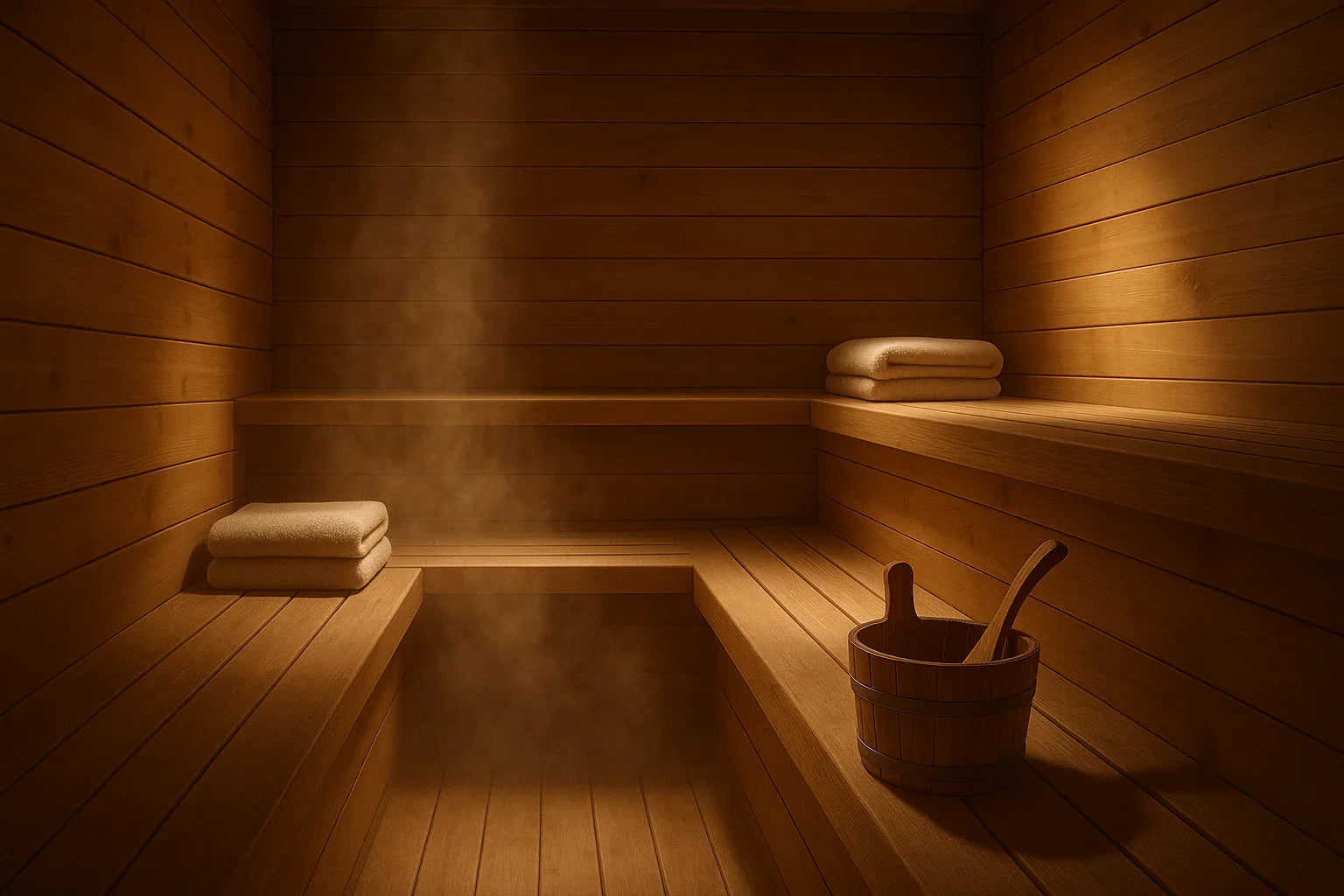
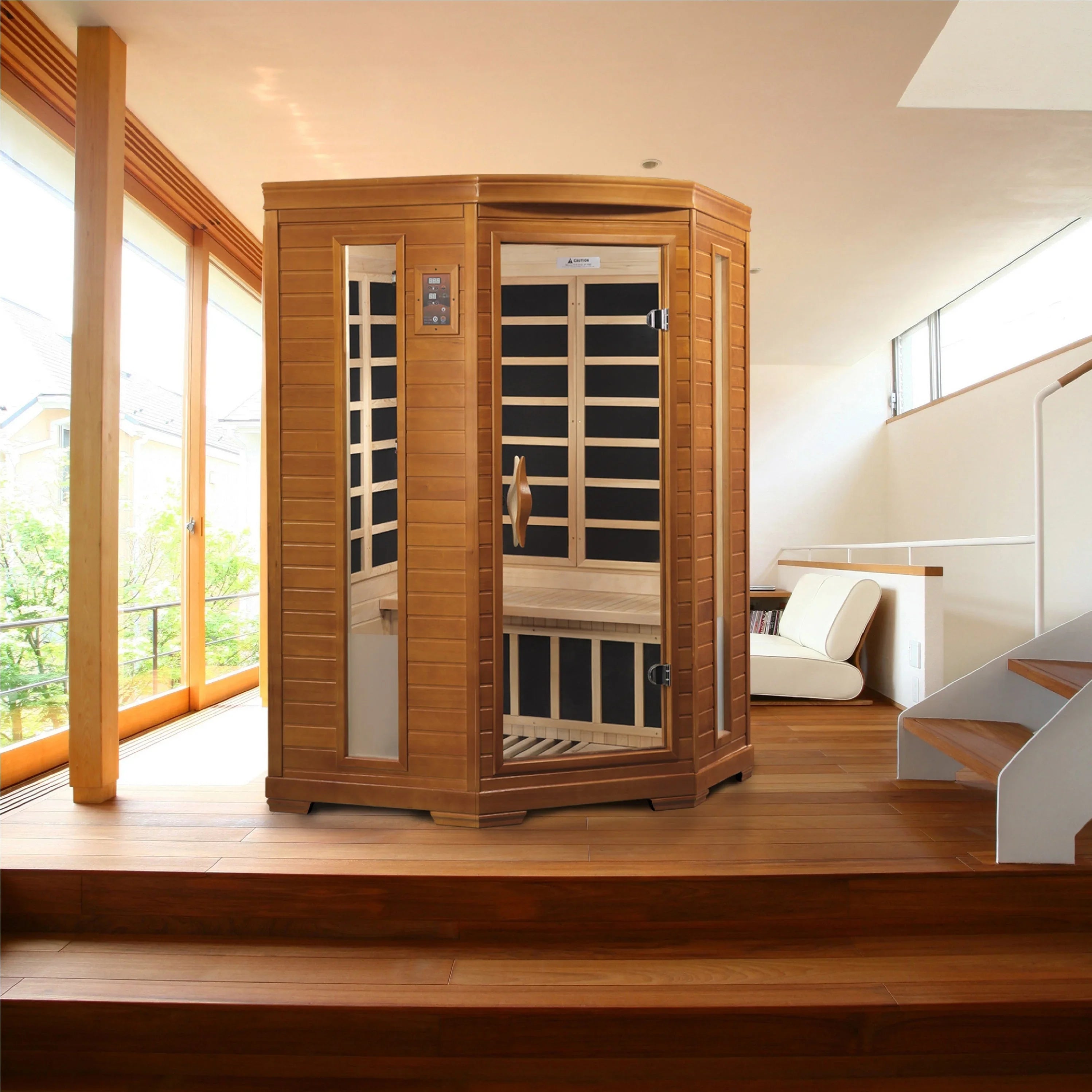
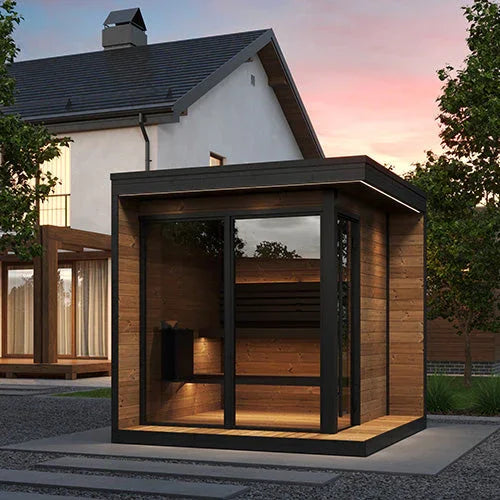
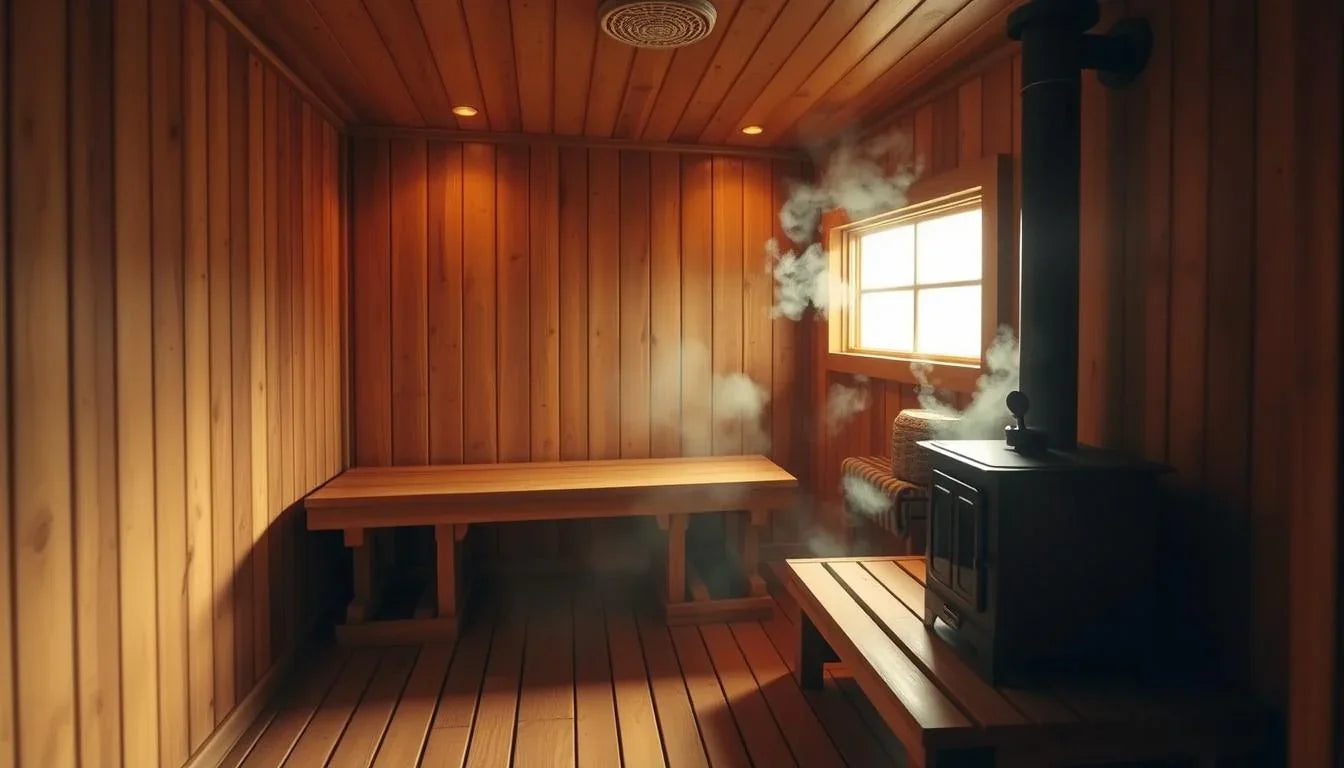

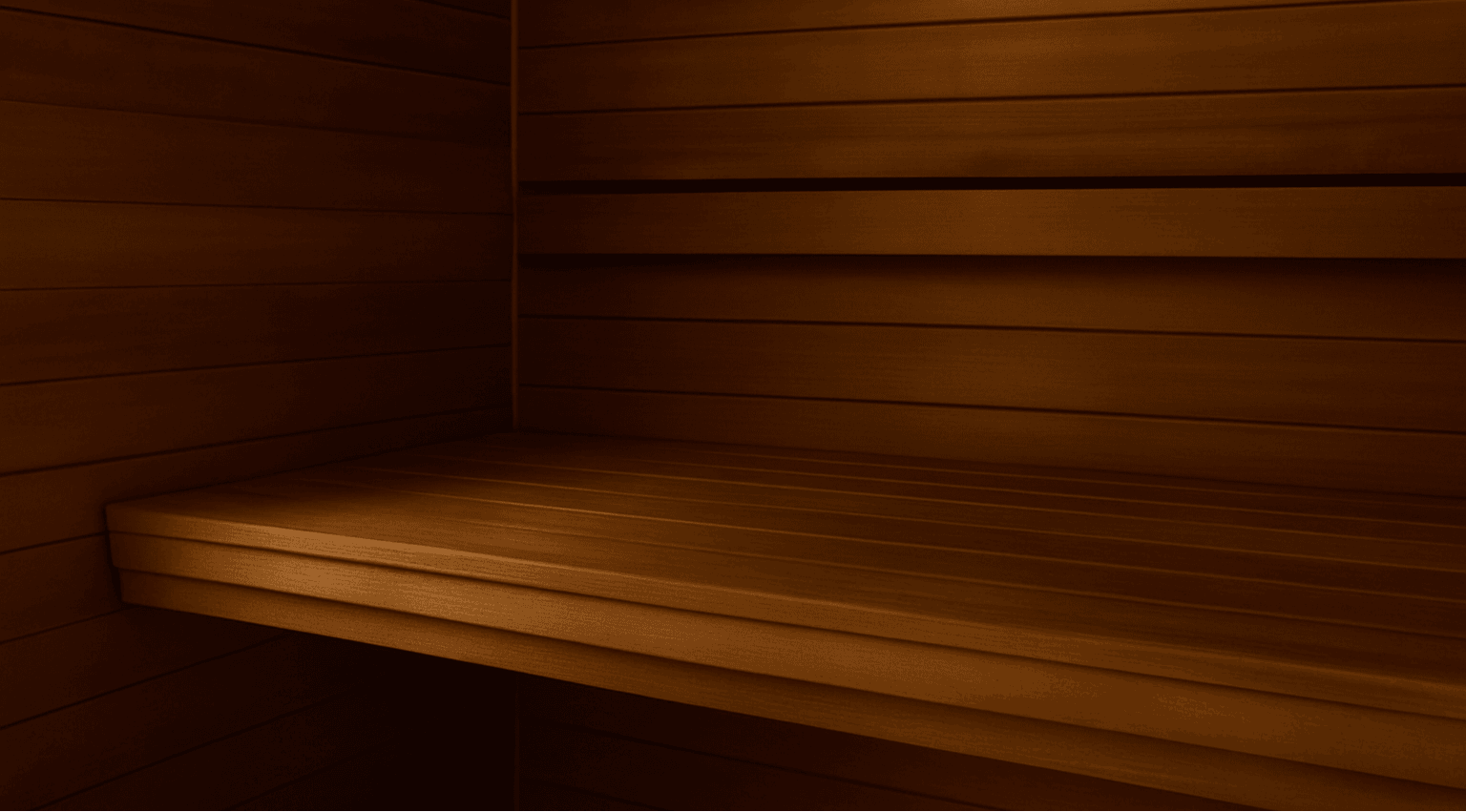
Leave a comment
This site is protected by hCaptcha and the hCaptcha Privacy Policy and Terms of Service apply.